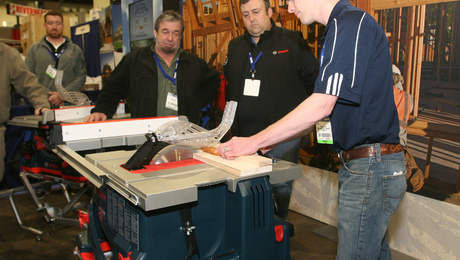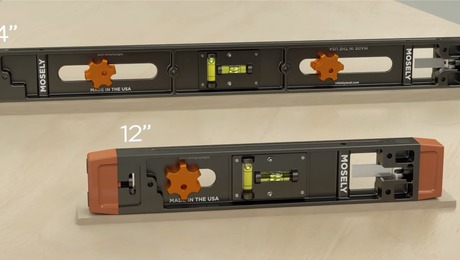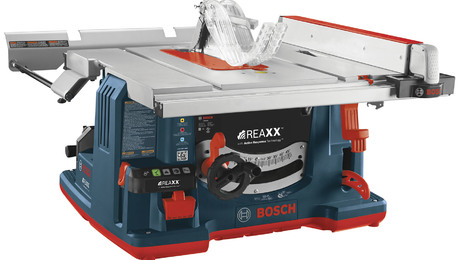Sweeping changes to power tool technology don’t come very often, but there’s one coming, and it’s brushless motors. To be fair, brushless motors aren’t new. But only a few power-tool companies offer them. But that’s what’s about to change. Every major tool manufacturer is about to get on board with this technology. So, as a buyer, you’re going to be faced with a decision: stick with the traditional brushed-motor tools you’ve been using for years, or shell out the cash for the new wave of premium-priced brushless motors that will be sold right beside them.
The claimed benefits of a brushless motor over a conventional motor include:
- lower maintenance
- longer battery life
- more power
All of these perks are a result of one major design difference. In a brushed motor, the electromagnet that makes the tool spin is on the rotating shaft of the tool. This requires brushes-floating electrical contacts that transfer power from the stationary battery to the spinning magnet. The friction caused by these brushes robs a motor of power. A brushless motor uses a stationary electromagnet that wraps around the tool’s driveshaft, so there’s no need for brushes to power up the magnet. But it does take expensive computer circuitry to make this happen, hence the premium price.
Bottom line: Aside from a slight up-charge, and assuming the electronics don’t lead to any problems out in the field, it sounds like brushless is going to be a really good step forward for cordless power tools.
For a more detailed explanation of the difference between brushless and brushed motors, read How it Works: Electric Motors.
Watch more Tool Hound tool reviews
Lenox’s Speed Slot hole saw
Seven steps to choosing the perfect circular saw
Kobalt’s Impressive new 18v drill driver
Throw away your hammer stapler and get a pneumatic cap fastener



























View Comments
Justin,
Thanks for sharing this cutting-edge tool info.
My battalion of cordless tools are on the short list for an upgrade so brushless options are of particular interest as I shop and consider replacement tools.
You covered the aspect of brushes vs brushless in cost benefit terms for life of brushes and cost of replacement that shines a bright light on any potential manufacturer hype.
You also mention power loss in friction from brushes and that eliminating brushes saves battery power. Do you have any in-depth figures of what the power saving percentage might be? I'm (clearly) not an engineer so just looking at those little brushes with such small contact surface on the armature makes me curious of the net effect of eliminating friction from brushes. Since rubbing brushes aren't making a direct connection like wires in brushless are I can imagine other inefficiencies which would contribute to power savings from the new brushless design as well.
I'd sure appreciate any info you might have access to.
Another feature of Brushless Motors that I am wondering about:
In the chemical plants here in Louisiana, often the sparks created by electric motors are considered a fire hazard. This has often meant using pneumatically powered tools instead.
Brushless motors could qualify as a safe alternative!
TimberTailor,
Glad you found the information to be useful. I don't have numbers from every manufacturer, but I can say that Milwaukee and Makita are both claiming about a 50% increase in run time when comparing brushless to brushed.
Makita and Milwaukee produce great brushless motors. And thanks for sharing those info.